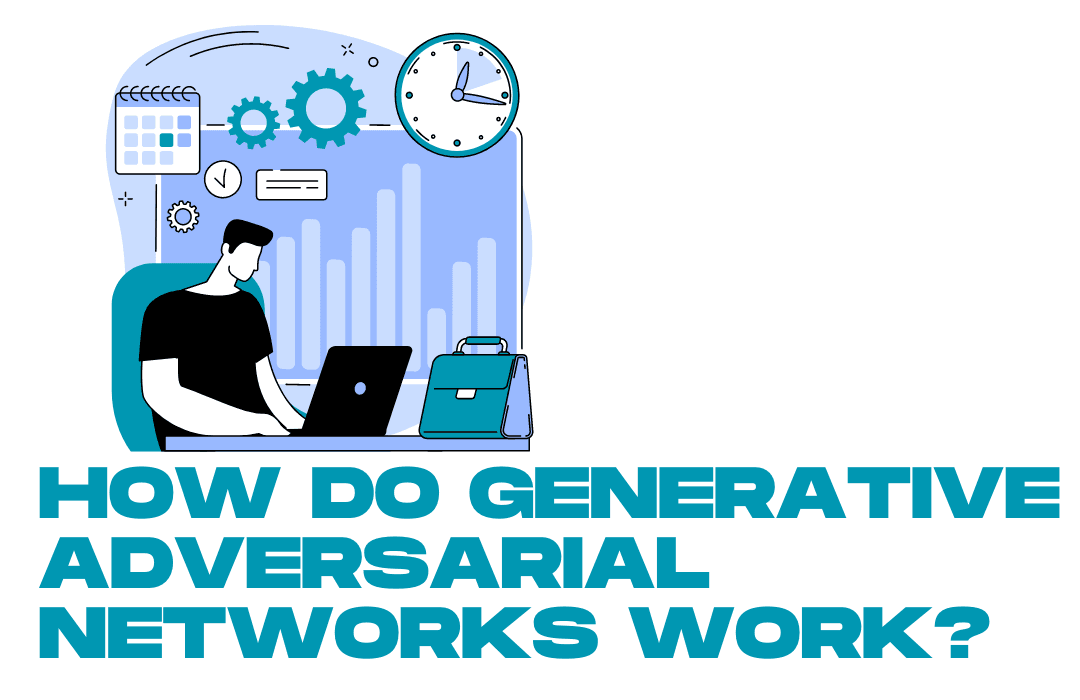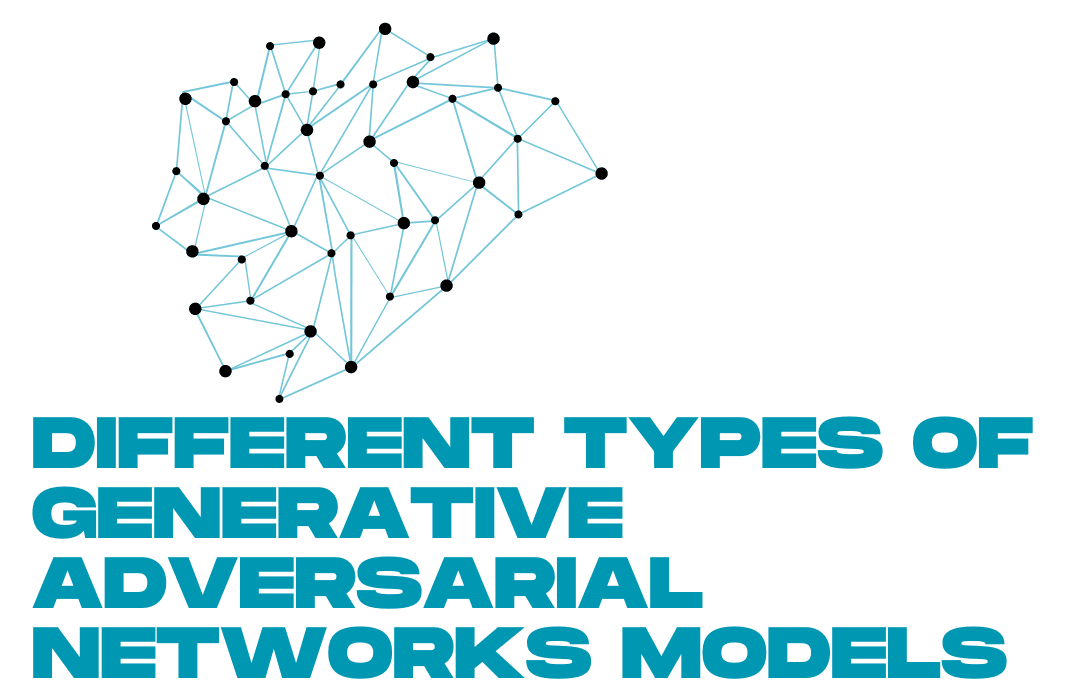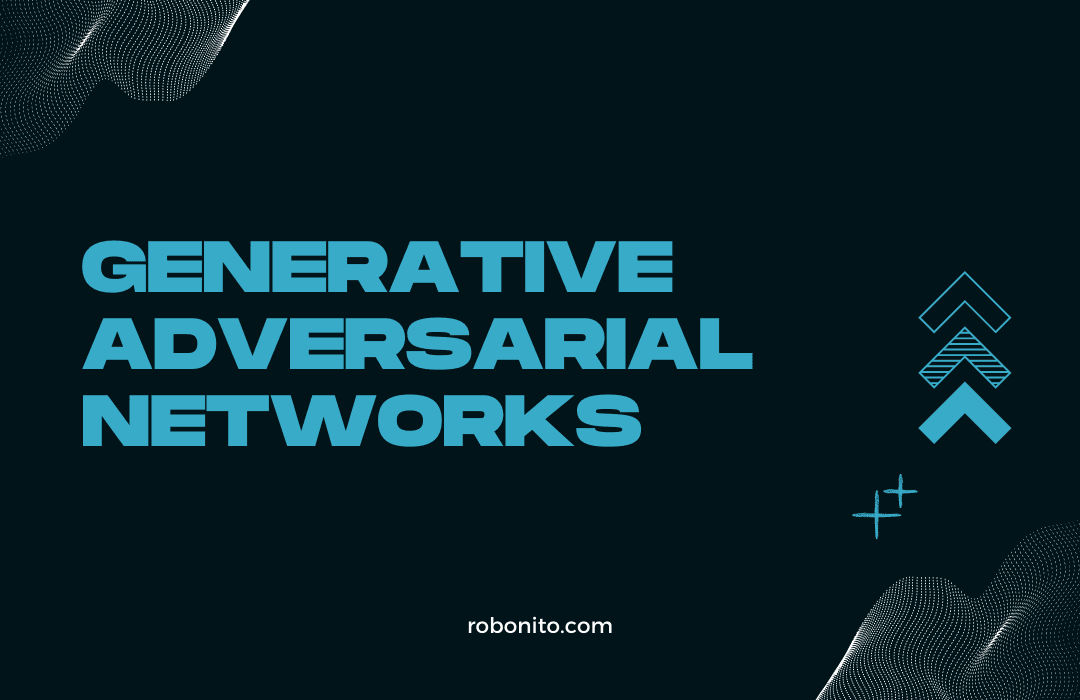In this article, we will delve into the fascinating world of Generative Adversarial Networks (GANs), exploring their architecture, training process, and various applications. Artificial Intelligence (AI) has experienced remarkable advancements in recent years and one of the most groundbreaking developments is the emergence of Generative Adversarial Networks (GANs). GANs have revolutionized the field of AI by enabling computers to generate realistic and creative content, such as images, music, and even text.
What are Generative Adversarial Networks (GANs)?

Generative Adversarial Networks, or GANs, are a class of AI algorithms introduced by Ian Goodfellow and his colleagues in 2014. GANs consist of two neural networks, namely the generator and the discriminator. The generator network aims to generate synthetic data that resembles real data, while the discriminator network tries to distinguish between real and synthetic data. This dynamic interplay between the generator and discriminator leads to the improvement of both networks over time.
The Architecture of GANs
Generative Adversarial Networks have a unique architecture consisting of two main components: the generator and the discriminator. The generator takes random noise as input and produces synthetic data samples. On the other hand, the discriminator receives both real and synthetic data and learns to classify them correctly. The generator and discriminator are trained simultaneously, competing against each other in a zero-sum game until the generator produces high-quality synthetic data that can deceive the discriminator.
The Training Process of GANs
The training process of Generative Adversarial Networks involves a series of iterations, where the generator and discriminator networks update their weights based on their performance. Initially, the generator produces low-quality data, and the discriminator easily distinguishes between real and synthetic samples. However, as the training progresses, both networks improve their performance. The generator becomes more adept at generating realistic data, while the discriminator becomes more skillful at identifying synthetic samples.
Applications of GANs
GANs have found applications in various domains, revolutionizing the way AI systems generate content. Let's explore some of the notable applications of GANs:
GANs in Image Generation
GANs have demonstrated remarkable capabilities in generating high-quality and diverse images. By training on large datasets, GANs can generate new images that resemble those in the training data. This has immense potential in areas such as art, design, and entertainment, where novel and creative content is highly valued.
GANs in Text Generation
Text generation is another area where Generative Adversarial Networks have made significant strides. GANs can generate coherent and contextually relevant text, which has implications for automated content creation, chatbots, and natural language processing tasks. GANs can even mimic the writing style of specific authors or generate personalized responses.
Generative Adversarial Networks in Music Generation
The ability of GANs to learn patterns and structures in data makes them suitable for music generation. GANs can compose original pieces of music in various genres, imitating the style of renowned composers or creating entirely new compositions. This has opened up exciting possibilities in the music industry and interactive entertainment.
GANs in Video Generation
GANs have also been utilized for video generation tasks, enabling the creation of realistic and dynamic videos. By capturing temporal dependencies and spatial relationships, GANs can generate video sequences that exhibit smooth motion and visual coherence. This technology has applications in film, animation, and virtual reality.
GANs in Healthcare
In the healthcare domain, Generative Adversarial Networks have proven invaluable for tasks such as medical image synthesis, disease diagnosis, and drug discovery. GANs can generate realistic medical images to aid in training and evaluating medical imaging algorithms. They can also assist in identifying patterns in patient data and predicting potential health risks.
GANs in Gaming and Virtual Reality
GANs have made significant contributions to the gaming industry by enhancing the visual quality and realism of virtual environments. Generative Adversarial Networks can generate lifelike characters, detailed textures, and immersive landscapes, elevating the gaming experience for players. Virtual reality applications also benefit from GANs' ability to create realistic virtual worlds.
How do Generative Adversarial Networks work?
 Generative Adversarial Networks (GANs) work through a unique interplay between two neural networks: the generator and the discriminator. Let's dive into how Generative Adversarial Networks operate step by step:
Generative Adversarial Networks (GANs) work through a unique interplay between two neural networks: the generator and the discriminator. Let's dive into how Generative Adversarial Networks operate step by step:
-
Generator: The generator is responsible for creating synthetic data that resembles real data. It takes random noise as input and generates output that can be images, music, or text, depending on the application. Initially, the generator produces low-quality or random output.
-
Discriminator: The discriminator is like a critic whose job is to distinguish between real and synthetic data. It receives both real and generated data as input and learns to classify them correctly. In the beginning, the discriminator can easily identify the synthetic data from the real data.
-
Training Process: The training of GANs involves a back-and-forth process between the generator and the discriminator. The two networks are trained simultaneously and iteratively, each trying to outperform the other.
-
Competition: During training, the generator aims to improve its output to fool the discriminator. It learns to generate data that becomes increasingly difficult for the discriminator to distinguish from real data. On the other hand, the discriminator learns to become more accurate in identifying synthetic data.
-
Feedback Loop: As the training progresses, the generator and discriminator continue to refine their capabilities through a feedback loop. The generator receives feedback from the discriminator on its generated output, enabling it to adjust and improve. Meanwhile, the discriminator becomes more adept at differentiating real from synthetic data.
-
Convergence: Over time, with repeated iterations, the generator becomes better at generating high-quality output that closely resembles real data. The discriminator also becomes more skilled at accurately identifying real and synthetic data. Ideally, this process leads to the convergence of the two networks, where the generator generates output that is indistinguishable from real data.
-
Realistic Output: The ultimate goal of GANs is to generate output that is realistic and convincing to human observers. Whether it's generating realistic images, coherent text, or captivating music, GANs strive to produce content that is highly similar to what can be found in the real world.
In summary, GANs utilize the adversarial relationship between the generator and the discriminator to push the boundaries of what AI can create. Through continuous competition and learning, GANs have the ability to generate remarkable and creative content that mimics the patterns and characteristics of real data.
Different Types of Generative Adversarial Networks Models

Generative Adversarial Networks (GANs) have evolved since their introduction, leading to the development of different types of GAN models. Each model introduces unique variations and modifications to the original GAN architecture. Here are some notable types of GAN models:
-
Deep Convolutional GANs (DCGANs): DCGANs incorporate convolutional neural networks (CNNs) into the generator and discriminator architectures. CNNs are particularly effective in image-related tasks, allowing DCGANs to generate high-resolution and realistic images.
-
Conditional GANs (cGANs): cGANs introduce the concept of conditional generation, where both the generator and discriminator receive additional information known as conditions. These conditions, such as class labels or input data, guide the GAN to generate output based on specific attributes or constraints.
-
Wasserstein GANs (WGANs): WGANs address training stability issues by introducing a different loss function based on the Wasserstein distance. The Wasserstein distance measures the dissimilarity between two probability distributions and helps overcome problems like mode collapse and vanishing gradients.
-
CycleGANs: CycleGANs are designed for image-to-image translation tasks without the need for paired training data. They learn to translate images from one domain to another by leveraging the concept of cycle consistency, ensuring that the translated images can be successfully reversed to the original domain.
-
Progressive GANs: Progressive GANs progressively grow both the generator and discriminator architectures during training. They start with low-resolution images and gradually increase the complexity, allowing for the generation of high-resolution and highly detailed images.
-
StyleGANs: StyleGANs focus on controlling the style and attributes of the generated images. They introduce techniques to manipulate factors like facial expressions, hair color, and other semantic features of the generated images, resulting in more customizable and diverse outputs.
-
StackGANs: StackGANs generate high-quality images by employing a two-stage process. The first stage generates a low-resolution image based on a text description, and the second stage refines the low-resolution image into a higher resolution, producing more realistic and detailed results.
-
Self-Attention GANs (SAGANs): SAGANs utilize self-attention mechanisms to capture long-range dependencies in images. This enables the generator to focus on relevant regions while generating high-quality images and helps the discriminator better understand the global context.
These are just a few examples of the diverse range of GAN models that have been developed. Each type of GAN model addresses specific challenges or introduces novel techniques to improve the quality, stability, or flexibility of the generative process. Researchers continue to explore and innovate, pushing the boundaries of GAN technology and opening up new possibilities in artificial intelligence.
Generative Adversarial Networks and Ethical Considerations
As with any powerful technology, GANs raise ethical considerations. The ability to generate convincing fake content brings concerns related to misinformation, forgery, and privacy. There is a need to establish ethical guidelines and regulations to ensure the responsible use of GANs and protect individuals and society from potential harm.
Challenges and Future Directions Of Generative Adversarial Networks
While GANs have achieved remarkable success, they still face challenges that need to be addressed. Issues such as mode collapse, training instability, and lack of interpretability remain active areas of research. Future directions include improving training stability, addressing biases in generated data, and developing techniques for controlling the output of GANs more precisely.
Conclusion
Generative Adversarial Networks have transformed the landscape of artificial intelligence by enabling computers to generate realistic and creative content. From image and text generation to music and video production, GANs have pushed the boundaries of what AI can achieve. However, as this technology continues to evolve, it is crucial to consider the ethical implications and strive for responsible development and use of GANs.
Revolutionize your software testing with Robonito, the ultimate no-code RPA automation testing tool. Say goodbye to endless testing hours – Robonito slashes testing time by a staggering 98%! Ready to experience the future of software testing? BOOK A FREE DEMO NOW and transform your testing process today!
